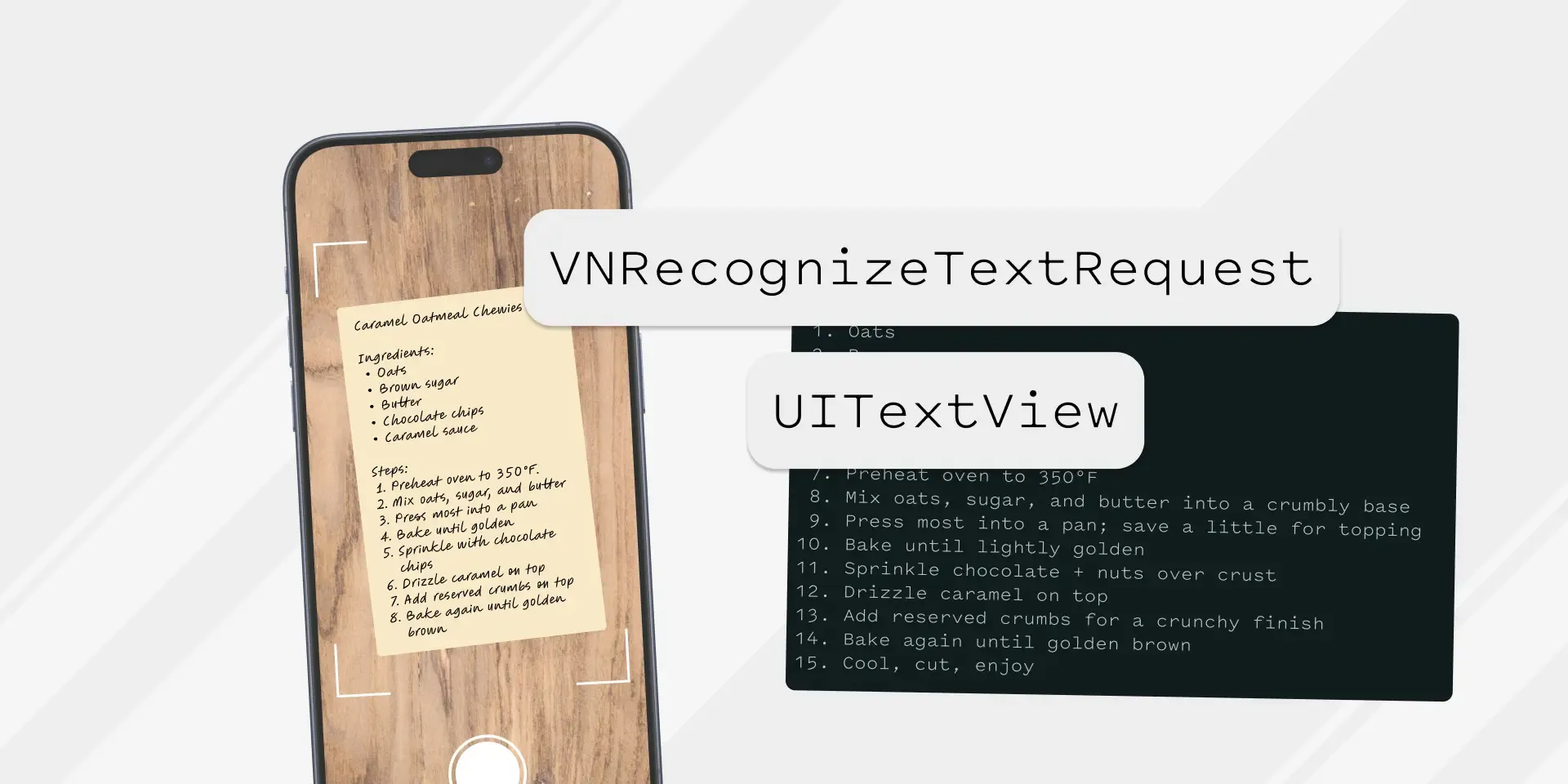Tools for Iterating and Improving Your Mobile App


Have you ever looked at the first iteration of the drawing for Mickey Mouse? While it’s recognizable as the beloved character, it’s notably different than the one Disney uses for branding today. It’s a prime example of how original ideas and products morph over time.
Innovative mobile app development follows a similar journey of unique maturation. Case in point: Your first prototype may not resemble the finished, polished prototype. In fact, your final app iteration likely will offer features you couldn’t have imagined users would want or need. And that’s a good thing.
In reality, you don’t have time for a lengthy “Mickey Mouse” style evolution of your app. You want to get it to market quickly so you can move fast, break things, and lean into continuous delivery. You’ll continuously deliver smaller, iterative releases to core users rather than giant ones every now and then. At the same time, you’ll drive analytics and feedback — and avoid wasting time on functionalities that aren’t gaining traction.
At Atomic Robot, our continuous delivery workflow allows us to concentrate on top-priority items and make systematic, steady app upgrades. By engaging in time-boxed sprints, we’re able to remain flexible enough to affect positive changes in apps consistently and gradually. To cultivate improvement, we concentrate on leveraging the following tools and strategies:
Feature Toggle Implementation
If you’re not using feature toggles as part of your mobile app tool kit, you’re missing out. They allow you to introduce new features incrementally. Simply turn a feature on or off for a given user base — you don’t need to redo the basic code — and you can quickly see which features should stay and which need to go.
Solutions like Google’s Firebase Remote Config ensure that we can virtually enable or disable features based on audience segmentation. This allows us to control a phased rollout of features. Being able to turn feature toggles off or on instantly also improves our A/B testing abilities, and we don’t have to rewrite any code until we validate that a feature is beneficial.
User Testing Techniques
It’s essential to get working prototypes into users’ hands to learn what people actually do when faced with a new app. From controlled focus groups and beta tests to A/B tests, users help us gather both quantitative and qualitative feedback. Without users, we’d miss out on valuable insights and be forced to guess on all those nagging “Why?” questions: Why does the user need this feature? Why would a user prefer X over Z? Why wouldn’t a user find this feature necessary all the time?
Of course, user testing arrangements depend on the feature stage. During the research phase, small focus groups can help answer any questions our innovative mobile app development team might have. Afterward, the team may ask people to undergo a usability test to gauge the effectiveness of the initial design in practice. Beyond that, dividing users into A/B groups can help narrow down what’s working and what isn’t. The same is also true of beta tests, during which testers provide improvement input and recommendations.
Interactive Prototyping
Another way to iterate quickly is to produce working mobile app prototypes at the end of discovery sprints. Prototyping is a fast, cost-effective way to validate ideas prior to investing in fully functional products. Note that prototypes aren’t necessary for every feature or interaction, though. With feature toggles and robust user testing, we can sometimes bypass the need to create a fully fledged, fresh prototype. When prototypes are warranted, they can be tested in two key ways: moderated and unmoderated. In an unmoderated environment, users simply interact with the product organically and intuitively; their choices reveal real-world uses. Sometimes, moderated tests are better for driving insights. Under moderated conditions, users are asked questions as they work with a prototype, such as how they feel when completing tasks. Moderated testing leaves little ambiguity because researchers can get immediate responses.
Ultimately, app inventors want to launch as soon as possible. Through small, agile sprints with our partners, we can help improve speed to market without cutting corners or losing momentum.
Looking to start a project but not sure how to get things moving? Contact us today!











